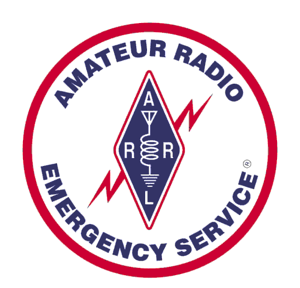Amateur Radio is still the most reliable way to communicate in emergency situations.
After Hurricane Sandy much of Long Island was without power. Normal phone service was disrupted and many cell towers were damaged.
But during the entire ordeal, Amateur Radio Operators were on the air and ready to assist townships, county governments, hospitals and other EOC services to stay in contact with each other.

Operators were also assisting the National Weather Service by weather spotting via the SKYWARN Program.
Training is vital to maintain the skills required to do this. Many of our club members are SKYWARN trained. Some members also participate in ARES and RACES in Suffolk County and in their home town.

Another way to train is by participating in the AARL Field Day. Field Day is an annual amateur radio exercise, widely sponsored by IARU regions and member organizations, encouraging emergency communications preparedness among amateur radio operators. In the United States, it is typically the largest single emergency preparedness exercise in the country, with over 30,000 operators participating each year.
Since the first ARRL Field Day in 1933, radio amateurs throughout North America have practiced the rapid deployment of radio communications equipment in environments ranging from operations under tents in remote areas to operations inside Emergency Operations Centers (EOCs). Operations using emergency and alternative power sources are highly encouraged, since electricity and other public infrastructures are often among the first to fail during a natural disaster or severe weather.
To determine the effectiveness of the exercise and of each participant’s operations, there is an integrated contesting component, and many clubs also engage in concurrent leisure activities (camping out, cookouts, etc.). Operations typically last a continuous twenty-four hours, requiring scheduled relief operators to keep stations on the air. Additional contest points are awarded for experimenting with unusual modes, making contacts via satellite, and involving youth in the activity.




